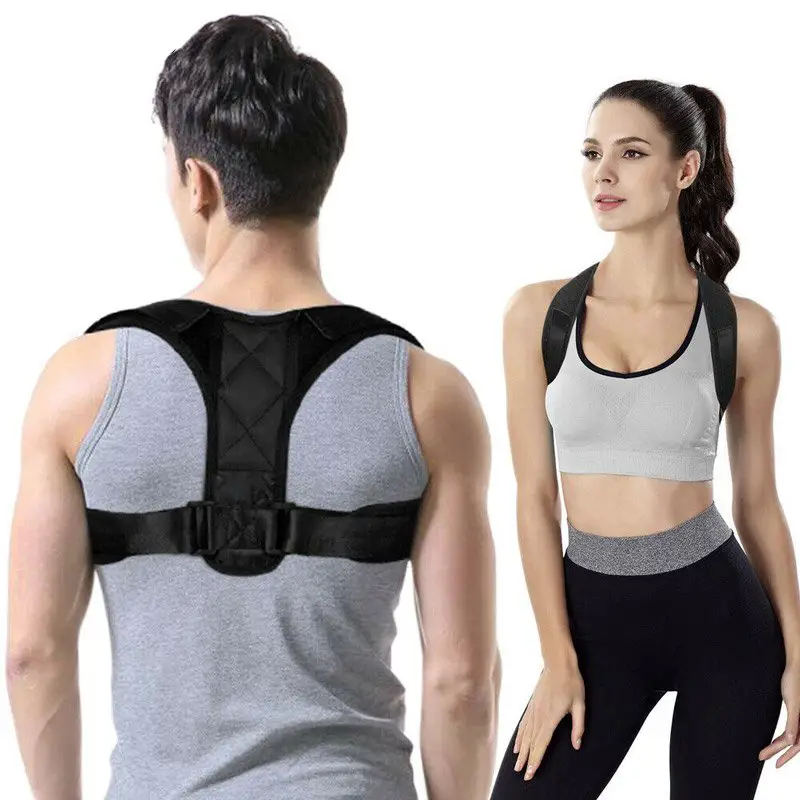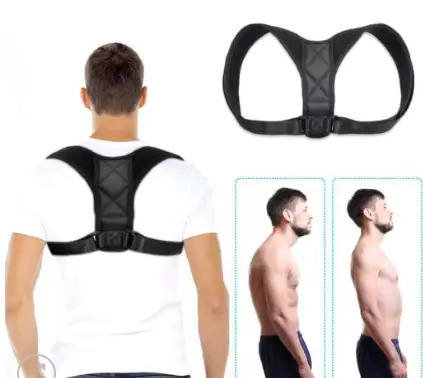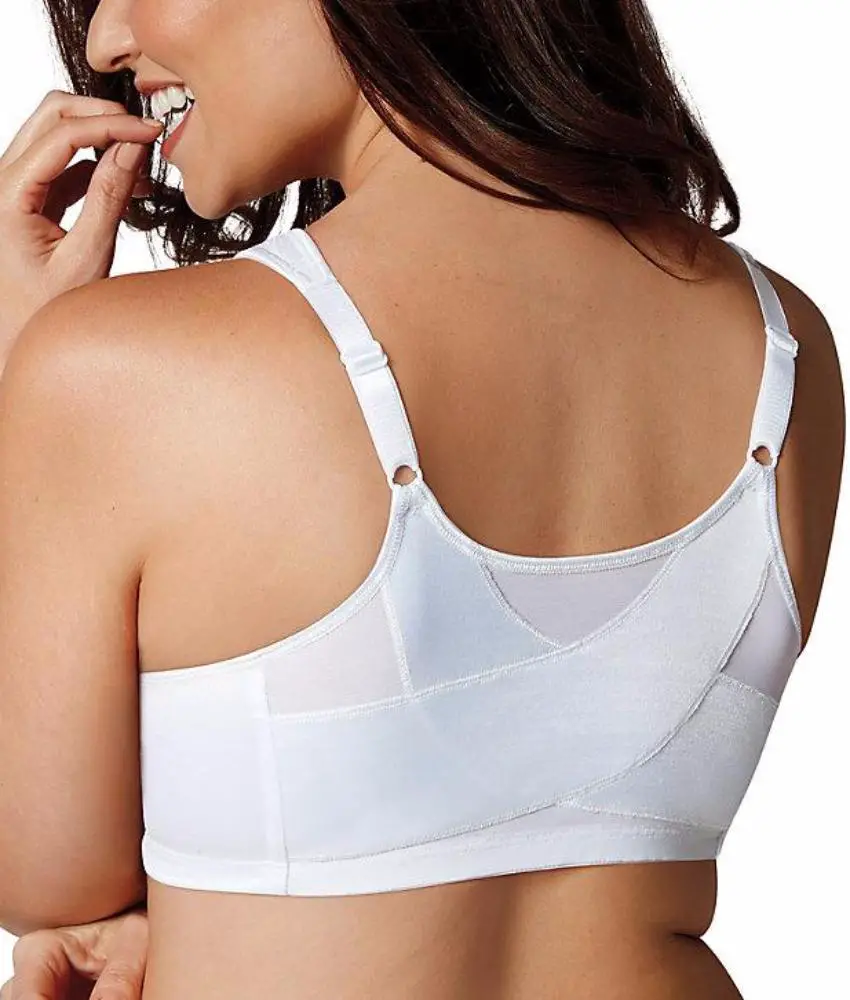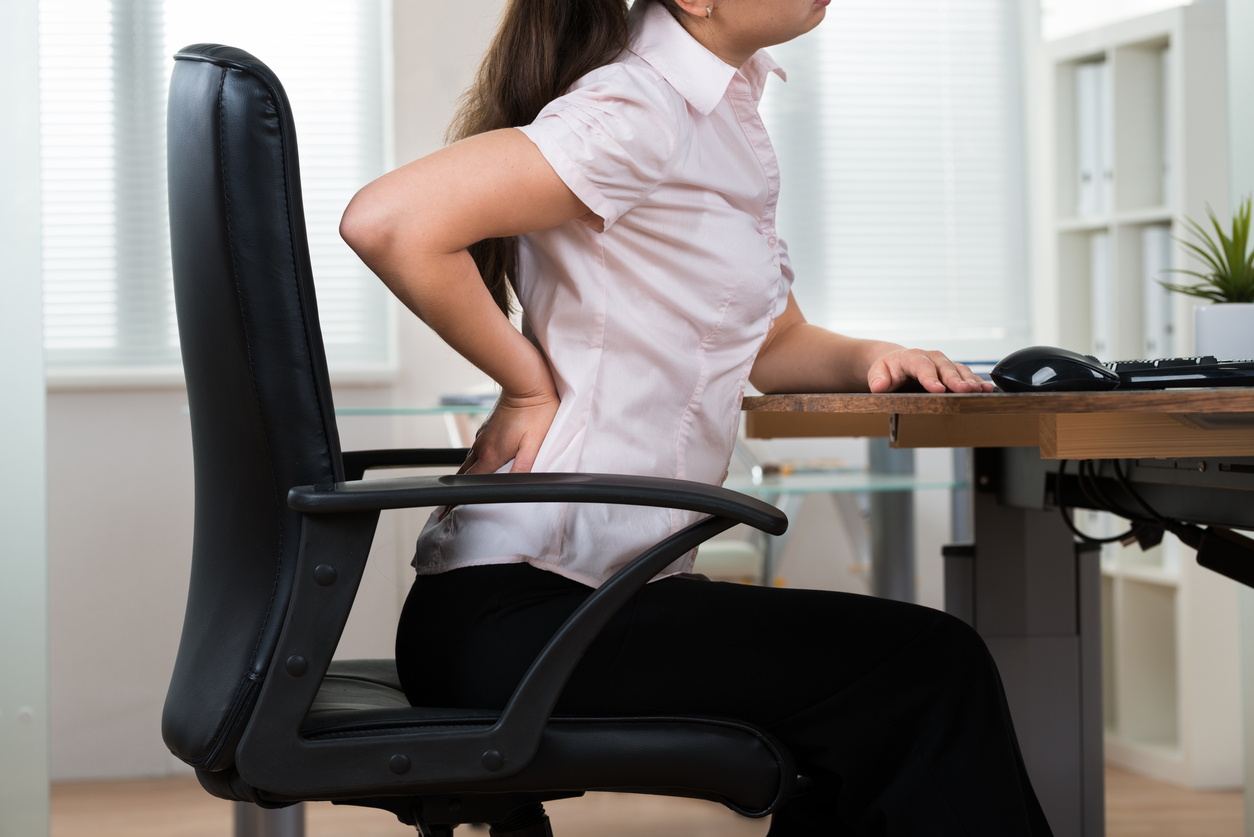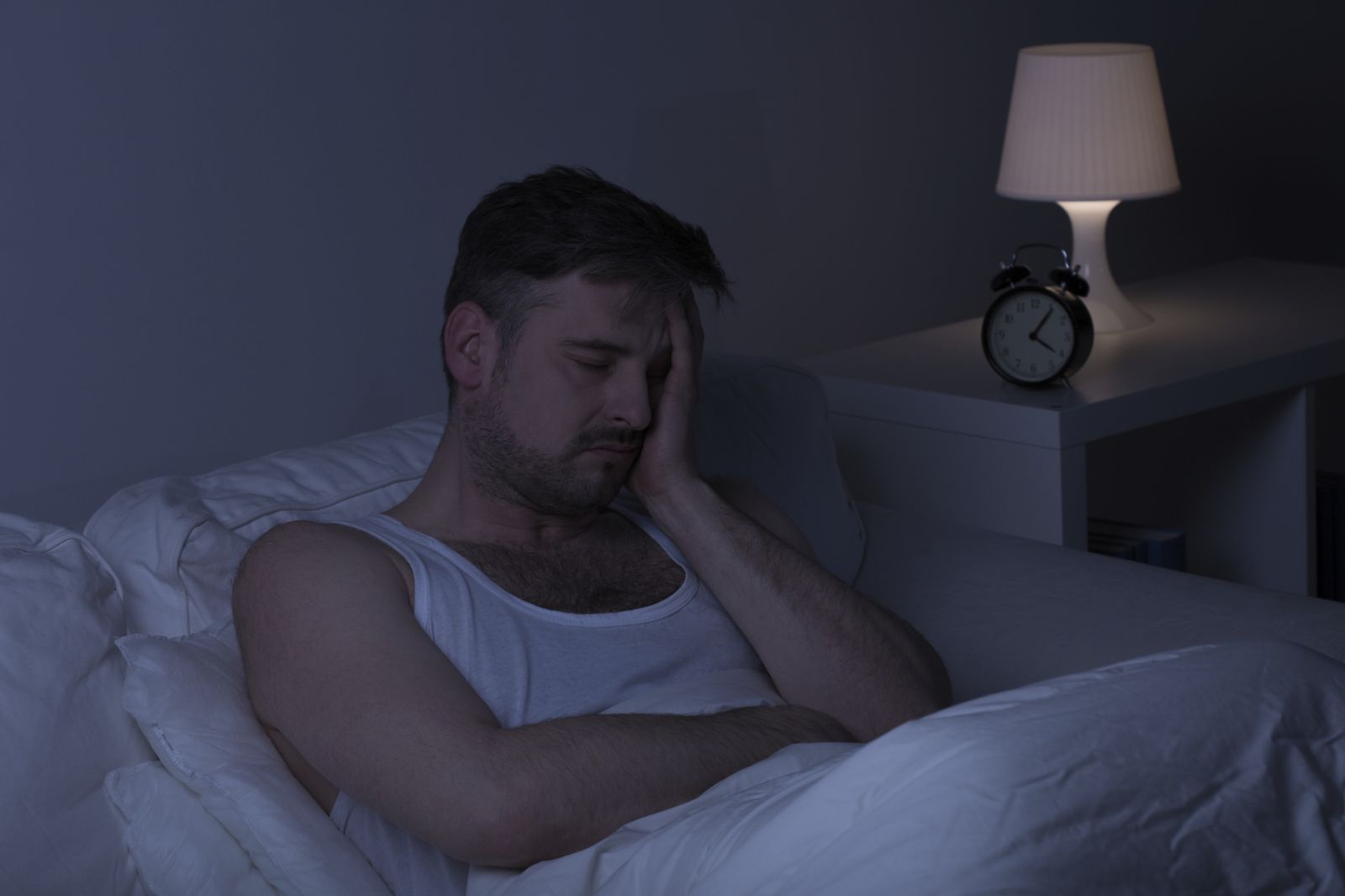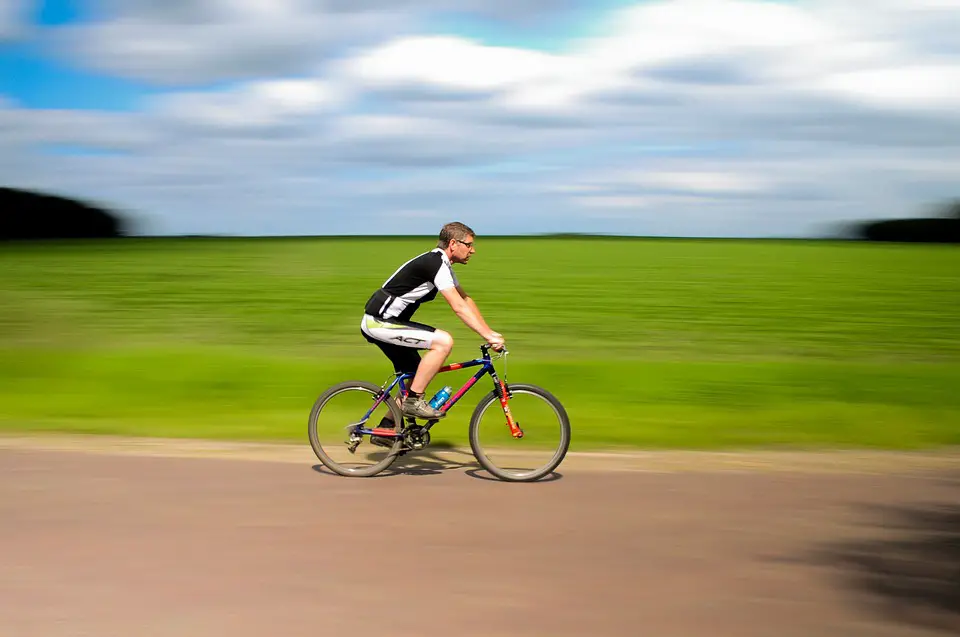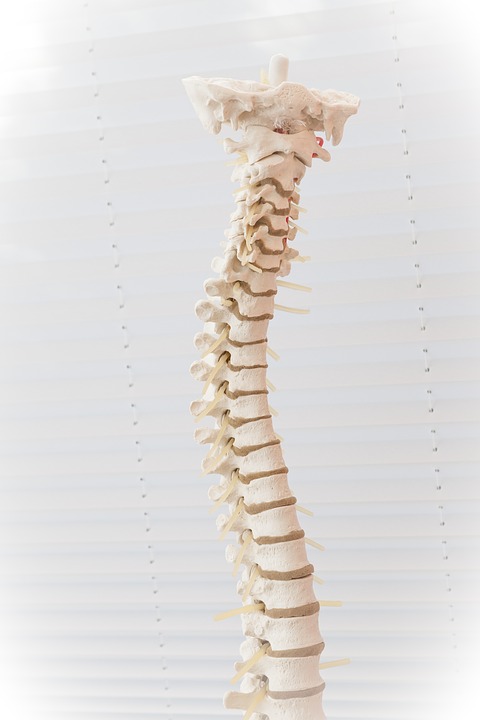Article reviewed and approved by Dr. Ibtissama Boukas, physician specializing in family medicine
Are posture correctors good for the back? Should I get it? These are questions that I regularly receive from my patients with low back pain.
My answer: It depends! Instead of giving a hasty (and subjective!) answer, I prefer to educate my patients about posture correctors in general.
What is a posture corrector, above all? What are the positives and negatives. Are there alternatives? How to use them on a daily basis if you decide to buy them?
You will have in the following article all the answers to your questions about posture correctors. Be sure to read it to the end, especially if you are considering purchasing one of these products. I also give you my recommendations as a physiotherapist on the subject.
Posture corrector, what is it?
Here are qualifiers that we often hear in connection with posture correctors:
“They correct poor posture by maintaining optimal alignment.”
“They strengthen the back muscles.”
“They prevent vertebral compression and disc wear.”
“They help to maintain a good position of the shoulders”
“They correct back pain, back pain, neck pain, etc.”
I will come back later to these terms, which are not entirely accurate from a scientific point of view.
Remember for the moment that posture correctors are accessories that we generally wear under our clothes, and which allow us to stand up straight. They are generally in the form of a harness, with several elastic reminders to avoid slouched postures.
Opinions are divided on their usefulness. In the following sections, we will discuss the positives and negatives of posture correctors.
Good points
On the one hand, there are fans of posture correctors. If we believe the opinion shared on the net and forums, many people have seen a improvement in their symptoms and an improvement in their condition after obtaining one of these products.
Here is an example of a testimonial in favor of their use:
“My posture corrector makes me think about straightening up during the day. Since wearing it, I have the feeling of being less hunched over, and I tolerate the upright position better. »
This statement testifies to certain benefits of posture correctors. Indeed, these devices allow a more aesthetic posture, and the prevention of a hunched forward posture of the type dorsal kyphosis. (On the other hand, we will return later to the relevance of adopting such a posture on a daily basis).
Some claim that posture correctors promote a better circulation, a improved breathing capacity, and an better digestion. Although it is possible from a subjective point of view, you should know that these claims are not supported by any scientific evidence at this time.
Summary of positive points of posture correctors:
- Help to think about straightening up
- Discreet
- Allow a more aesthetic posture
- Feeling less stooped
- Better tolerance to the upright position
- Possible improvement in circulation, respiratory capacity and digestion
Negative points
Let me tell you straight away. Posture correctors are not perfect, far from it. If you think they will completely fix your back pain, you will definitely be disappointed.
Although there are different models (some of better quality than others), it is possible to feel some discomfort, especially at the beginning. This awkward feeling of tightness is sometimes associated with unpleasant heat. Some people also claim to feel skin irritation on the shoulders.
Finally, the most significant negative point rests on the very premise of posture correctors. Indeed, manufacturers regularly certify that “if you correct bad posture, back pain will disappear by itself”. I give my opinion on the subject in the corresponding section (and in this article). Prepare to be surprised!
Summary of negative points of posture correctors:
- Can keep warm
- Sometimes uncomfortable feeling of tightness
- Are based on a questionable premise
Alternatives to posture correctors
The function of posture correctors is essentially to straighten the shoulders and promote extension of the spine. Here are some possible alternatives, some more effective than others.
Kinesiotaping
Taping is an elastic ribbon that is placed on the skin. Some claim that these bands can activate or inhibit a muscle, in addition to correcting posture (if placed correctly).
In reality, the scientific studies on the subject show no such thing. On the other hand, they can be interesting to provide kinesthetic support (also called proprioception) aimed at you remind to straighten your back when you feel tension in the bands.
The advantage is that these bands can be applied at any time, and do not fix the body in a precise position. On the other hand, they must be changed regularly, and can cause skin irritation if you ever have fragile skin or certain allergies.
posture corrector bra
If you are a woman, there are bras with a postural function. In addition to supporting the chest, they straighten the shoulders.
This 2-in-1 feature can be great, although straightening the shoulders probably won't fix back pain. In fact, you may not be able to hold the bra all day, especially at first. If you ever opt for this option, make sure to wear the posture corrector bra gradually, and not to become dependent.
To get a comfortable and economical bra, visit the next page.
Lumbar belt
If you suffer from lower back pain, you may lumbar belt is more suited to your needs.
By providing lumbar support, it can also relieve back pain. Like posture correctors, lumbar belts encourage the straightening of the trunk, which promotes a more straight posture.
To know the opinion of a health professional on lumbar belts (role, positive and negative points, recommendations, etc.): Click here
Percko and other postural t-shirts
Percko is a postural t-shirt equipped with elastic tensors which are tensioned when the user adopts a slouched position. The designers have done a study on the product, and concludes with a better posture on the part of users.
To know advice from a physiotherapist pain specialist on the Percko t-shirt and their study.
It takes nearly 130 euros to get a Percko t-shirt.
An interesting alternative would be postural t shirts.
Upright GO
Upright GO is a technological device that is placed between his shoulder blades. This small box has the function of vibrating when the back bends forward, which aims to remind you to straighten up regularly.
The advantage is that it is discreet, unlike posture correctors which are placed a bit like a backpack. The slight vibration is ideal for a constant reminder to change the position of your spine. Besides, Upright GO can be connected to your phone to provide you with several interesting data.
Some people complain about the stickiness of Upright GO to the skin. They have to change them too regularly for their taste. Also, the battery lasts about 8 hours, which may be insufficient if your working day is extended.
THE best complement to posture correctors (and much more economical!)
How about doing exercises aimed at the same goal as postural correctors?
Unlike posture correctors, exercises allow better freedom of movement, and bring more interesting benefits in the long term.
Here is 3 posture exercises (on video) that you can do anywhere. Whether at work, after a long period of sitting, or between 2 chapters of your favorite book, these exercises will be effective in relieving and preventing neck and low back pain:
1. Cervical retraction
- Sit down keeping your head straight.
- Retract the chin horizontally towards you, so as to create a “double chin”. (Avoid tilting your head too much downwards by keeping your gaze horizontal).
- Return to the initial position, making sure to avoid throwing your head too far forward.
- Repeat ten times, adjusting the range of motion to your comfort.
2. Back extension
- Sit down with your head and back straight.
- Grab the back of your neck with your hands, keeping your elbows pointing forward (as shown).
- In the same movement, bring the elbows up, the back extended and the head backwards.
- Slowly return to the initial position.
- Repeat ten times, taking breaks as needed.
3. Scapular retraction
- Sit down with your head and back straight. Bring your arms forward.
- In the same movement, bring the arms and shoulders back, squeezing the shoulder blades for 3 seconds.
- Return to the initial position.
- Repeat ten times, taking breaks as needed.
- Progression: Add resistance using a therapeutic rubber band.
Certainly, it is always possible to use a posture corrector, but these devices will never replace optimal mobility and muscle tone. Even if you get a postural corrector, be sure to combine it with a adapted exercise program on your terms.
Posture Correctors: My Physio Review
I will be completely honest with you. There was a time when I was totally against posture correctors. Several physiotherapists on the Internet will tell you that posture correctors, “it's crap! ". But I learned to qualify my opinion, and find balance in the words I share with my patients.
The main problem comes from the fact that the "bad" posture (to read, straight posture) is not NOT the main cause of back pain. Even if you maintain perfect posture all day, you will likely have back problems.
Yes yes, you read correctly! Even if you stand straight as a post at all times, this will likely cause lower back pain. But why?
Because the body is made to move dynamically. Each time we adopt a static posture (no matter how straight), it promotes inactivity, stiffness and lack of muscle activity. To that extent, any device that limits our ability to move cannot be considered the solution to back pain.
Now, how can posture t-shirts and posture correctors be useful? Given our way of life (computer, laptops, etc.), we tend to project ourselves forward (with the head in protraction, the shoulders rolled up, and the arched back). By the way, did you know that human beings bend over between 1500 and 2000 times a day?
With this in mind, postural correctors can counterbalance our daily posture by promoting dorsal extension, as well as retraction of the cervical and shoulder muscles (movements little used on a day-to-day basis by many!).
Personally, I think we should call these devices " posture straighteners and not “posture correctors”. Posture does not need to be corrected per se. And as mentioned earlier, your posture isn't entirely to blame for your back pain.
Remember: The solution is movement!
Practical application
OK. You have decided to get yourself a posture corrector. I hope at least that you will use it intelligently, and in an optimal way. This is what we will discuss in the next section.
How to choose the right posture corrector?
Choose the measurement that corresponds to the size of your clothes. If in doubt, it is best to contact the merchant who will give you the exact measurements. Many posture correctors are adjustable anyway.
Favor posture correctors comfortable, sturdy, easy to put on and take off, and discreet. I emphasize comfort, as some devices cause skin irritation (under the armpits for example) and significant discomfort.
If possible, choose a product with an exchange and/or refund policy. You have to feel good when using a posture corrector, right from the first uses. In short, make sure you can return the product if you are not completely satisfied, at the risk of having made an unnecessary purchase.
How long should the posture corrector be worn?
Despite their analgesic effect, I often recommend my patients toavoid prolonged use of postural correctors. As mentioned earlier, they favor long-term atrophy and stiffness, as well as a loss of confidence in one's own abilities.
Instead of giving you a specific time frame, I prefer to share the philosophy that posture correctors should be used sporadically and minimally to maintain independence of movement.
When to wear the posture corrector?
The ideal is to use these posture correctors in case of increased pain, especially if you feel they are doing you good. Also, you can use it when you want to "work on your posture" (basically, activate the posterior back muscles).
Anyway, it is always better to use postural correctors gradually, especially in the beginning. When you are able to maintain a straight posture without any discomfort, then you could get rid of your posture corrector.
Can I use a posture corrector to correct my scoliosis?
If you are suffering from Scoliosis important, it is better to consult a doctor or orthotist who will make you custom corset. Posture correctors or postural t-shirts are not indicated in these cases.
If your scoliosis is minimal, posture correctors may be considered. But again, don't expect to see an improvement in the curvatures of your spine. Rather, they will help straighten your shoulders and prevent trunk sagging.
How to wash these devices?
Any posture corrector comes with its instructions that should be followed for optimal use.
In several cases, a low temperature wash (30 degrees) is sufficient. Obviously, hand washing is best for maintaining the tensioning capabilities of postural correctors.
My recommendations
If you're interested in getting a posture corrector, I hope I've helped you make an informed decision.
There really isn't a right or wrong answer as to their usefulness, you just need to understand their actual mechanism of action, as well as their limitations. With this in mind, you will be able to derive the most benefit from it.
A posture corrector should be used gradually, and discontinued once your tolerance for straight posture improves. Don't become dependent on the product. And above all, do not expect this product to correct your back pain.
To conclude, remember that a posture corrector will NEVER replace an exercise program focused on postural muscle activation. If you don't combine the use of posture correctors with daily exercises, you are making a monumental mistake, and your back will continue to hurt!
Good recovery!
If you want to know the opinion of health professionals on other products focused on back pain, neck pain, chronic low back pain:

